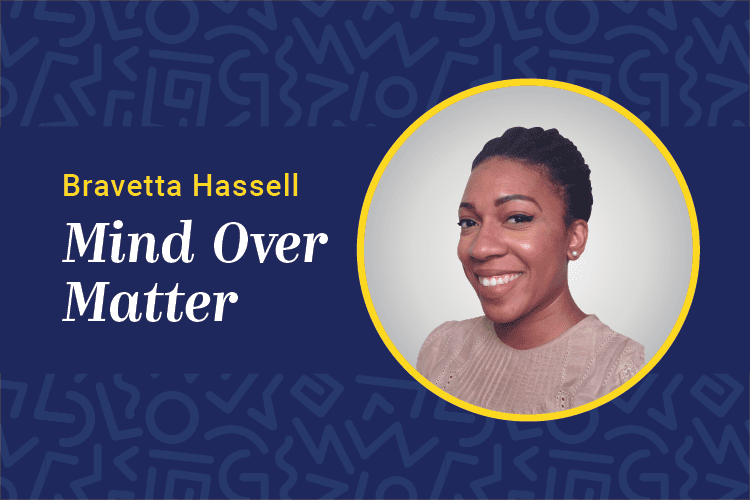 The journey toward a major lapse in ethics starts with small steps but takes the shape of a steep hill over time. Employees’ small lies may seem nominal when isolated, but they add up and will prove explosive if not addressed.
The journey toward a major lapse in ethics starts with small steps but takes the shape of a steep hill over time. Employees’ small lies may seem nominal when isolated, but they add up and will prove explosive if not addressed.
There’s a lot on the line when business leaders don’t create and maintain an ethical culture. Aside from a tarnished reputation — depending on the fallout — when companies sweep bad behavior under the carpet, they open themselves up to the possibility of higher turnover, lower productivity and diminished profitability, wrote Dori Meinert in a 2014 HR Magazine article.
Learning leaders play a key role in building the right culture — by developing standards of conduct and delivering regular ethics training. But David Shulman, CEO and founder of the hiring assessment tool company Veris Benchmarks, said it would be better to get ahead of ethical issues by scrutinizing people before they even enter the workplace.
Measures like background checks don’t take into account many indiscretions, he explained, and companies would benefit from getting clued in early to people who have behaviors and beliefs that may put the company at risk.
Shulman spoke with Chief Learning Officer about the cost of ignoring employee misconduct and what organizations can do to promote a culture of ethics.
Chief Learning Officer: Is there a dollar amount we can associate with employee misconduct?

Shulman: Reputation is hard to quantify. I guess the way we look at it is that companies pay more for people working at jobs where their performance has the biggest impact on the firm’s financial success. Harvard Business Review found that toxic talent — people who are talented but selfish or even destructive — have 10 times the impact on annual performance value.
So even after a two-year basis a bartender who could make an average of $20,000 a year, has now [cost the company] $40,000. For an investment fund manager with an eight-year tenure, making about $100,000, it’s about $800,000. So, a toxic bartender can lead to a $400,000 performance dollar cost, and an investment fund manager could lead to an $8 million investment loss. It’s time to get serious about reducing the incidence of toxic talent with more than a hope and a promise and a lot of opinions.
CLO: How do you see companies handling workplace ethics issues currently?
Shulman: Companies are all over the place. They either do a background check and a drug check. Rarely are they doing, on a uniform basis, assessments, and [they’re] really holding themselves open to all kinds of risks in that capacity. Through discussions with major institutions across the financial services field and in other industries as well, I’ve found the companies that are the most progressive are really embracing data. The more data they have in analyzing their prospective employees, the more powerful they become in terms of being able to make more objective, not subjective, knowledge decisions.
CLO: How susceptible are companies to being impacted by employee misconduct now in comparison with the past?
Shulman: It’s the same risk, but the result is much more magnified and scaled today because of technology. There are countervailing factors at play here. Today there are more ways to electronically monitor previously private transactions. So, you would think you could reduce the risk and the length of time that violations of rules or polices or strategies or laws go unchecked because you have technology and surveillance mechanics to keep those items in check. However, on the flip side — in an era of constant and instant connectivity — technology allows abuse to get out and go viral over the internet leading to much larger financial implications than were possible previously.
CLO: If organizations take a more strategic approach to identifying high-risk employees, what are some areas they should pay attention to in the screening and interview process?
Shulman: Managers need to pay attention and observe certain behavior patterns. We test for items like understanding people, sincerity, accountability, tolerance, work ethic, integrity, risk taking, learning, decision-making to be able to better understand how those individuals answer questions. You can really go on both sides of the coin. On one side, when we talk about learning: Some people learn very slowly with some difficulty, and think and learn at a very shallow level; they become confused or overwhelmed with information. Some people are very close-minded in their thinking; they ignore new information and opportunities, and that is definitely the negative side on the learning curve. On the other side, you’ve got people who can learn quickly, understand difficult material quickly. They can think clearly under pressure, solve problems logically and rationally. They understand subtleties and fine points.
CLO: How can learning leaders promote an ethical culture?
Shulman: A company that has good people draws more good people. Know your people. Put onus on the management structure to be intimate with the work behaviors in their divisions, their people. They can scale that down through their organization through their management style. There is no substitute for knowing your people.
Bravetta Hassell is a Chief Learning Officer associate editor. Comment below or email editor@clomedia.com.
















